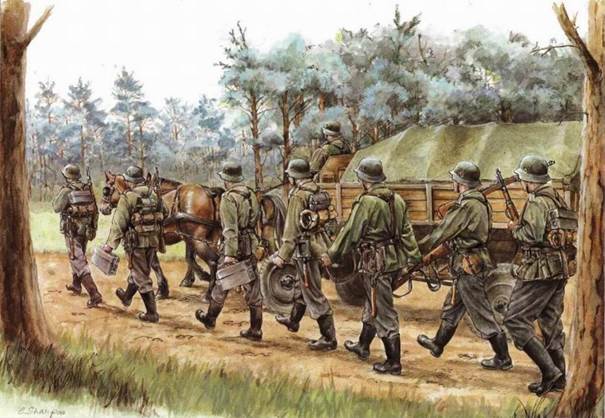Ten facts and myths about the Wehrmacht
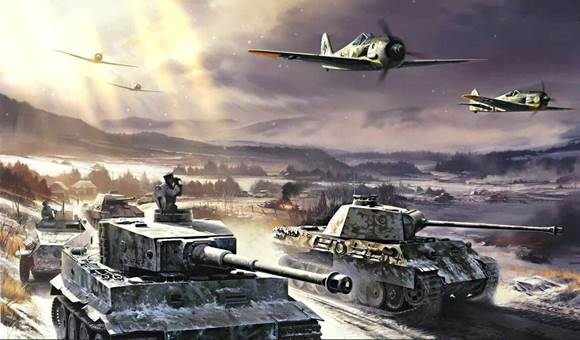
Machine gunners
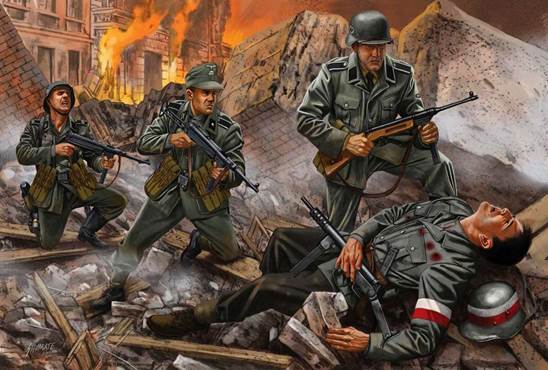
In Soviet cinema, the German infantry were all machine gunners. But the German rifle squad had only one submachine gun. There were no special submachine gun units in the Wehrmacht, only some troops (paratroopers, motorized infantry on armored personnel carriers) had more submachine guns. The infantry relied not on submachine guns, but on self-loading and assault rifles, which the infantry could not provide.
Attack
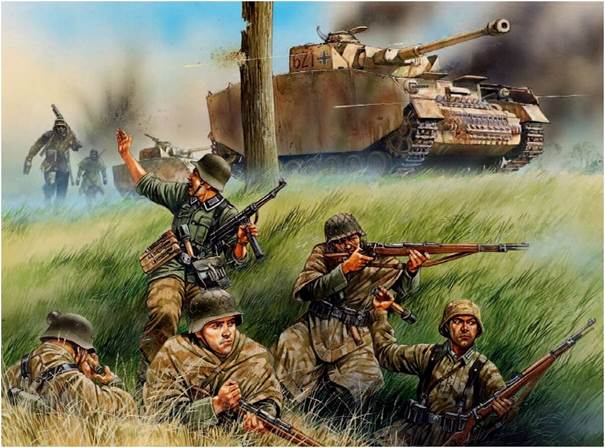
In war movies, German attacks are numerous tanks followed by chains of machine gunners. The German statutes did not provide for this. During the offensive, the enemy’s positions were first treated by artillery and, if possible, by aviation. The infantry advanced slowly, using the folds of the terrain, occupying the next line, opening fire with mortars. The advance of the riflemen was supported by machine guns. Infantry, as a rule, entered the position of the defenders when they were almost completely destroyed by artillery, and then carried out a mopping-up operation. Tanks and assault guns were used to support the infantry, firing at enemy emplacements from extreme distances.
Tanks

In the movies, they like to show how German tanks go to the Soviet trenches and then iron them. In the Wehrmacht, almost all tanks belonged to the “cavalry” or “cruiser” class and were not intended for attacks on the enemy entrenched in the defense. Their task was to break through as part of mobile formations to the rear, and surround the enemy. The only tank designed for a frontal attack on enemy defenses is the famous Tiger.
Tigers
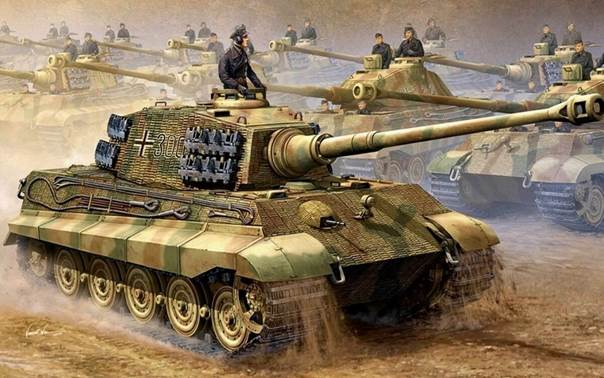
Although in Soviet books and films, the Tigers were easily destroyed by the dozens, if not hundreds, it was extremely difficult to knock out this tank. Projectiles bounced off him more often than they did actual damage. Only 133 Tigers took part in the Battle of Kursk. A total of eleven heavy battalions (45 Tigers) were formed in the Wehrmacht and three battalions in the Waffen-SS.
The Ferdinands
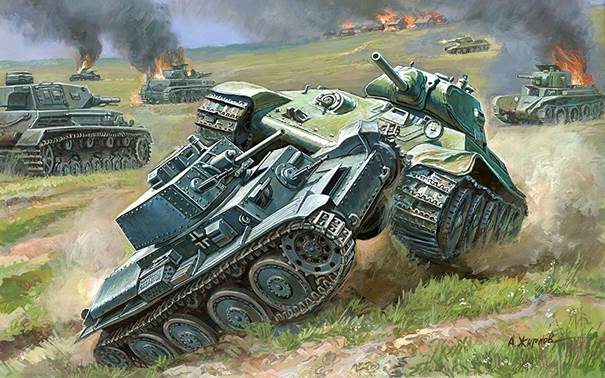
The Ferdinand self-propelled gun, according to reports, not to mention books, was destroyed by the hundreds on all fronts. However, only 90 Ferdinands were produced, all of which were in service with the same regiment fighting in the same sector of the front. In the Red Army, any self-propelled guns that had a long cannon located in a wheelhouse moved to the stern were considered Ferdinand: Nashorn tank destroyers and smaller Marder tanks, and even Hummel self-propelled howitzers.
Rocket Artillery
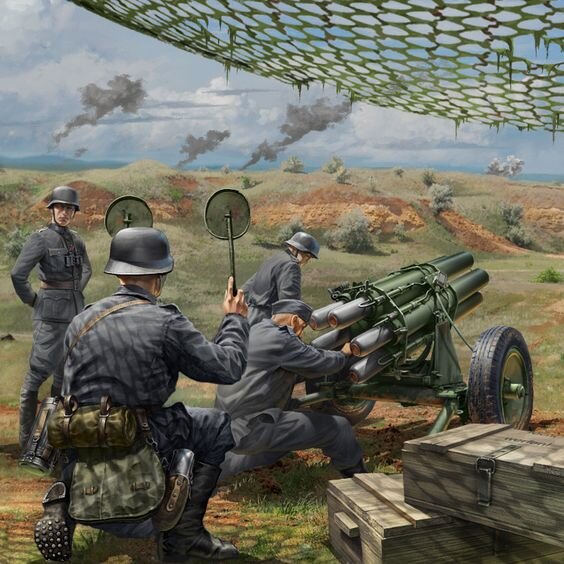
The first Wehrmacht rocket artillery units appeared in 1940. By the beginning of the war with the USSR, the Germans had 4 regiments and 7 separate battalions of rocket mortars, another 7 decontamination battalions had 18 frame launchers each. The first case of massive use of rocket artillery in World War II was the shelling of the Brest Fortress on the morning of June 22, 1941. As the war progressed, the number of units grew and in 1944 there were eight brigades of rocket artillery, and by the end of the war there were sixteen.
Division

When talking about the composition of German divisions, Soviet sources always cite the staff of 1941. But already in the summer of 1942, all infantry divisions that did not take part in the offensive to the south were reduced: instead of nine battalions, there were six, and the number of guns in artillery batteries was reduced. At the same time, the shortage remained. In 1943, the six-battalion strength was fixed by the staff, and since then the German divisions have been one-third smaller than the Soviet ones. After 1941, the number of manned units and formations was always lower than the regular one, and two-thirds of the number was considered the norm.
Motorization
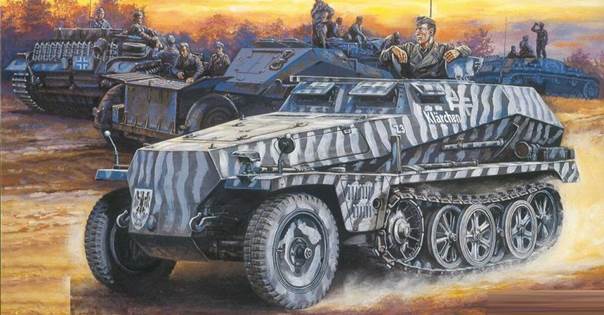
Soviet sources like to write about the complete motorization of the Wehrmacht. But all the artillery of the infantry divisions was horse-drawn. The only thing that was motorized in the division was an anti-tank battalion. In the same way, motorized infantry did not move entirely on armored personnel carriers. At the beginning of the Great Patriotic War, only two tank divisions had armored personnel carriers, while the rest had only one company armed with them. In the second half, only one of the four battalions had armored personnel carriers, but they were not always manned.
Tank Battles

German tankers in 1941 were ordered to avoid collisions with Soviet heavy tanks, but this was not the case with the T-34. Although the T-34 had a significant advantage over German vehicles at the beginning of the war, too. This continued until the summer of 1942, when no new modifications of the Pz.IV tank appeared. The new German tanks, due to their thick armor, powerful gun, and excellent optics, gained an advantage that the Red Army only partially reduced after the appearance of the T-34-85 modification. But by that time, the Wehrmacht had already received Panther tanks, which were superior to the Soviet counterparts.
Tank battles were not provided for by German regulations at all. The Wehrmacht’s tank division, when detecting enemy tanks, moved anti-tank units forward. Which were supposed to destroy the enemy’s armored vehicles.
“Vlasovtsy”

All Soviet citizens who fought on the side of the Germans are traditionally considered “Vlasovites”. But in addition to the Russian Liberation Army (ROA), which Vlasov had been forming since 1943, there were many other formations. There was a whole corps of Cossacks, there were units of Russian émigrés. In the second half of the war, numerous national formations were formed as part of the Waffen-SS: Latvian, Estonian, and Ukrainian. In 1943, an infantry division was supposed to have about 2,000 so-called “hiwis,” that is, volunteer helpers recruited from the countries where these divisions were located.
And if we talk about the “Vlasovites”, then they were just negligibly few among all the collaborators, and they appeared only at the end of the war.
